Haim H. Permuter
Data-Driven Neural Polar Codes for Unknown Channels With and Without Memory
Sep 06, 2023Abstract:In this work, a novel data-driven methodology for designing polar codes for channels with and without memory is proposed. The methodology is suitable for the case where the channel is given as a "black-box" and the designer has access to the channel for generating observations of its inputs and outputs, but does not have access to the explicit channel model. The proposed method leverages the structure of the successive cancellation (SC) decoder to devise a neural SC (NSC) decoder. The NSC decoder uses neural networks (NNs) to replace the core elements of the original SC decoder, the check-node, the bit-node and the soft decision. Along with the NSC, we devise additional NN that embeds the channel outputs into the input space of the SC decoder. The proposed method is supported by theoretical guarantees that include the consistency of the NSC. Also, the NSC has computational complexity that does not grow with the channel memory size. This sets its main advantage over successive cancellation trellis (SCT) decoder for finite state channels (FSCs) that has complexity of $O(|\mathcal{S}|^3 N\log N)$, where $|\mathcal{S}|$ denotes the number of channel states. We demonstrate the performance of the proposed algorithms on memoryless channels and on channels with memory. The empirical results are compared with the optimal polar decoder, given by the SC and SCT decoders. We further show that our algorithms are applicable for the case where there SC and SCT decoders are not applicable.
Low PAPR MIMO-OFDM Design Based on Convolutional Autoencoder
Jan 11, 2023Abstract:An enhanced framework for peak-to-average power ratio ($\mathsf{PAPR}$) reduction and waveform design for Multiple-Input-Multiple-Output ($\mathsf{MIMO}$) orthogonal frequency-division multiplexing ($\mathsf{OFDM}$) systems, based on a convolutional-autoencoder ($\mathsf{CAE}$) architecture, is presented. The end-to-end learning-based autoencoder ($\mathsf{AE}$) for communication networks represents the network by an encoder and decoder, where in between, the learned latent representation goes through a physical communication channel. We introduce a joint learning scheme based on projected gradient descent iteration to optimize the spectral mask behavior and MIMO detection under the influence of a non-linear high power amplifier ($\mathsf{HPA}$) and a multipath fading channel. The offered efficient implementation novel waveform design technique utilizes only a single $\mathsf{PAPR}$ reduction block for all antennas. It is throughput-lossless, as no side information is required at the decoder. Performance is analyzed by examining the bit error rate ($\mathsf{BER}$), the $\mathsf{PAPR}$, and the spectral response and compared with classical $\mathsf{PAPR}$ reduction $\mathsf{MIMO}$ detector methods on 5G simulated data. The suggested system exhibits competitive performance when considering all optimization criteria simultaneously. We apply gradual loss learning for multi-objective optimization and show empirically that a single trained model covers the tasks of $\mathsf{PAPR}$ reduction, spectrum design, and $\mathsf{MIMO}$ detection together over a wide range of SNR levels.
Neural Network-Based DOA Estimation in the Presence of Non-Gaussian Interference
Jan 07, 2023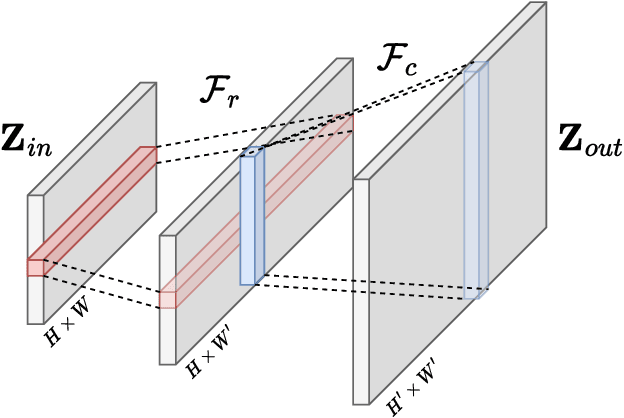
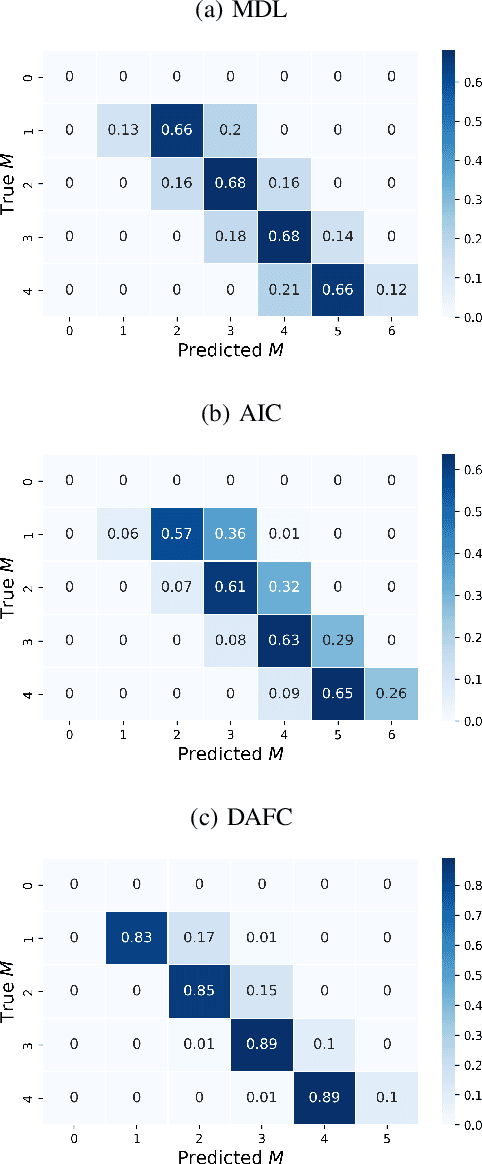
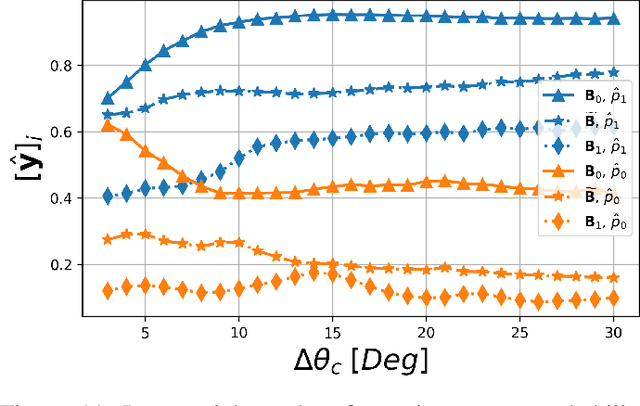
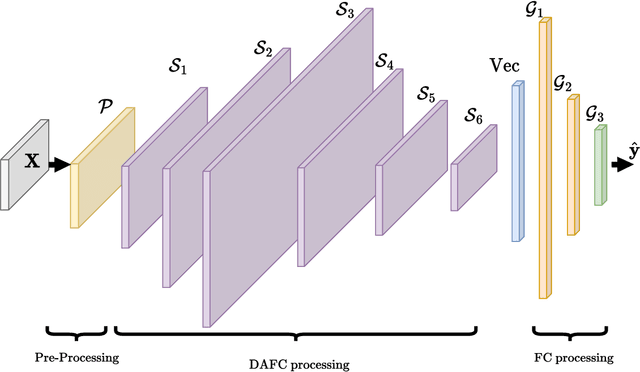
Abstract:This work addresses the problem of direction-of-arrival (DOA) estimation in the presence of non-Gaussian, heavy-tailed, and spatially-colored interference. Conventionally, the interference is considered to be Gaussian-distributed and spatially white. However, in practice, this assumption is not guaranteed, which results in degraded DOA estimation performance. Maximum likelihood DOA estimation in the presence of non-Gaussian and spatially colored interference is computationally complex and not practical. Therefore, this work proposes a neural network (NN) based DOA estimation approach for spatial spectrum estimation in multi-source scenarios with a-priori unknown number of sources in the presence of non-Gaussian spatially-colored interference. The proposed approach utilizes a single NN instance for simultaneous source enumeration and DOA estimation. It is shown via simulations that the proposed approach significantly outperforms conventional and NN-based approaches in terms of probability of resolution, estimation accuracy, and source enumeration accuracy in conditions of low SIR, small sample support, and when the angular separation between the source DOAs and the spatially-colored interference is small.
Low PAPR waveform design for OFDM SYSTEM based on Convolutional Auto-Encoder
Nov 12, 2020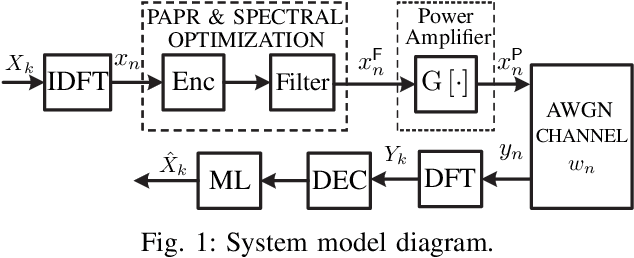
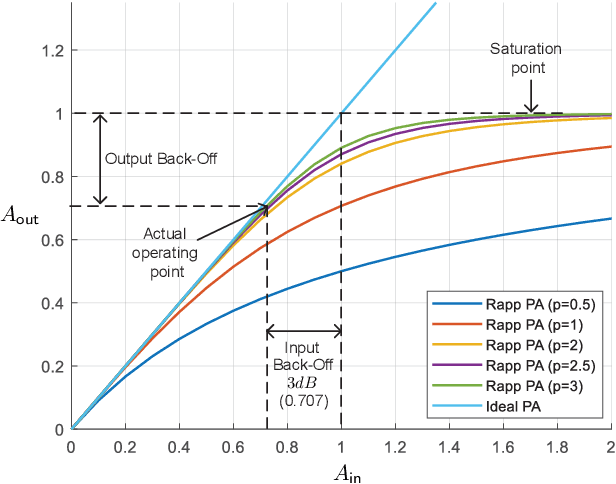

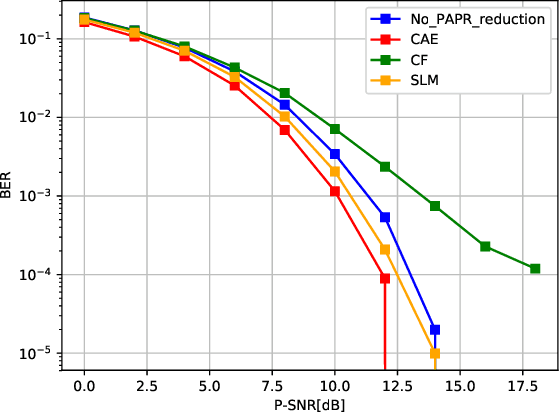
Abstract:This paper introduces the architecture of a convolutional autoencoder (CAE) for the task of peak-to-average power ratio (PAPR) reduction and waveform design, for orthogonal frequency division multiplexing (OFDM) systems. The proposed architecture integrates a PAPR reduction block and a non-linear high power amplifier (HPA) model. We apply gradual loss learning for multi-objective optimization. We analyze the models performance by examining the bit error rate (BER), the PAPR and the spectral response, and comparing them with common PAPR reduction algorithms.
 Add to Chrome
Add to Chrome Add to Firefox
Add to Firefox Add to Edge
Add to Edge